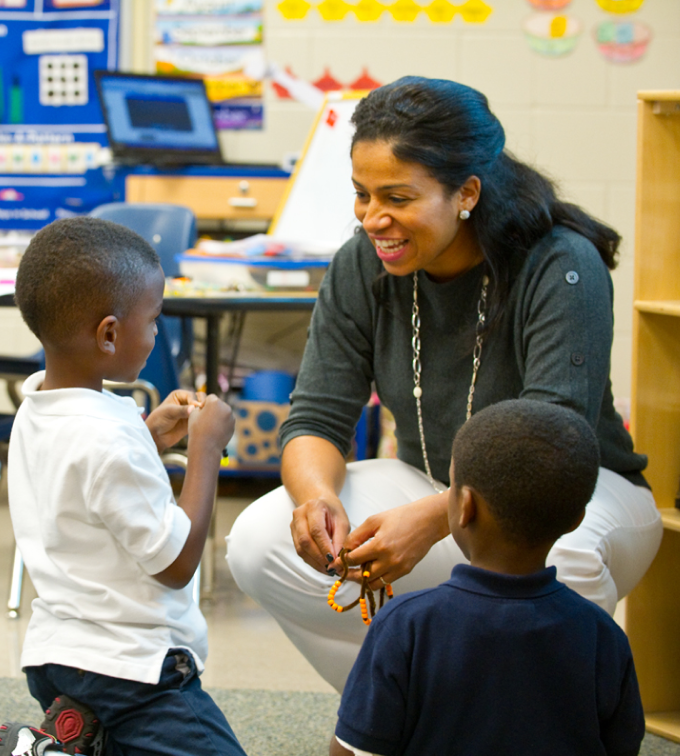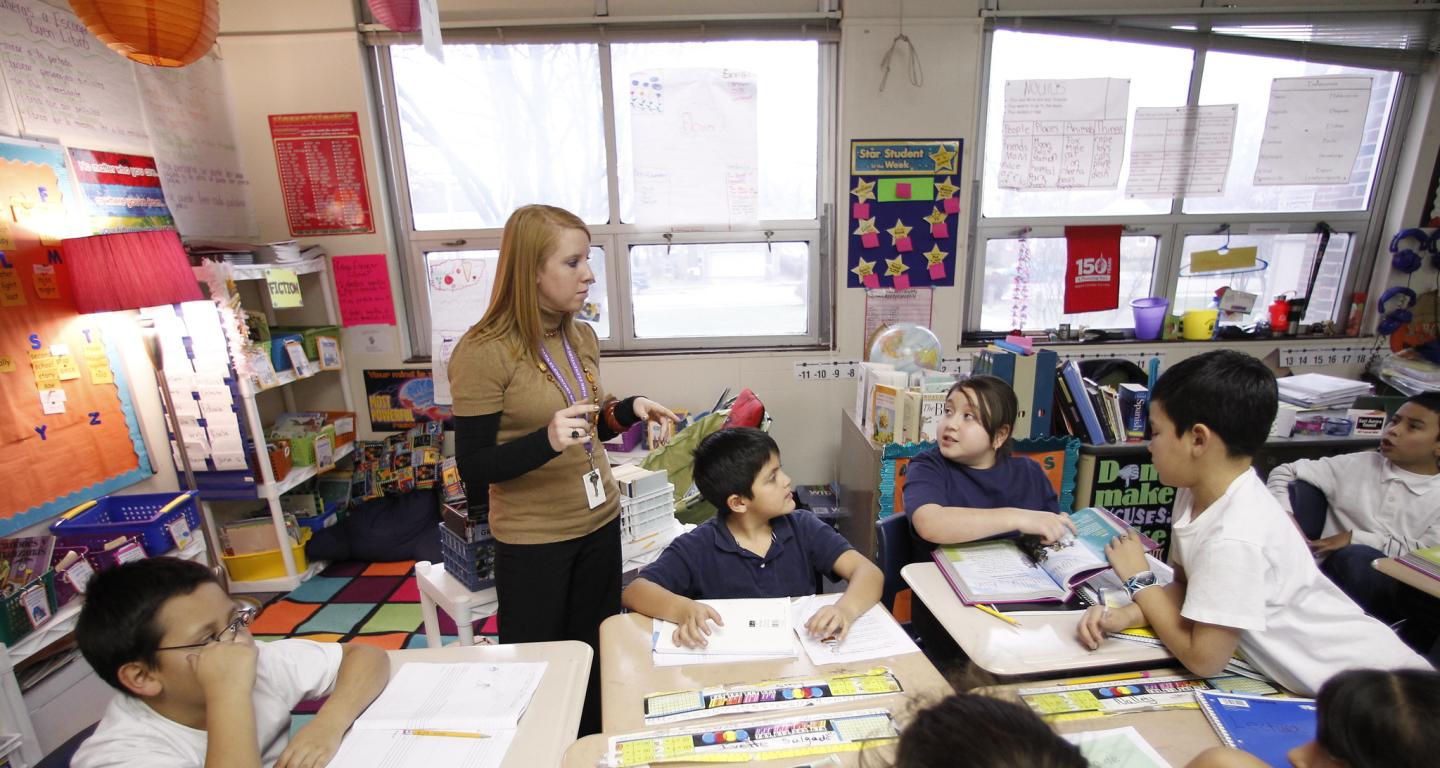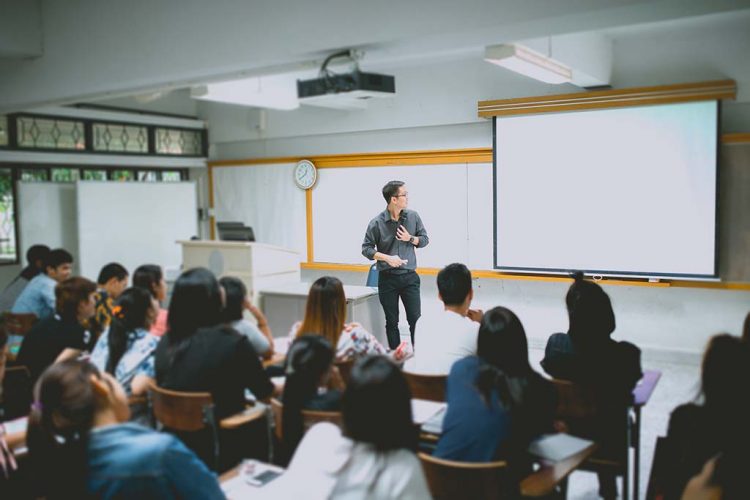Enroll in Primary Science Tuition Singapore for a Strong Science Foundation
Enroll in Primary Science Tuition Singapore for a Strong Science Foundation
Blog Article
Discovering the Different Mentor Techniques in Main Science Education Today
The landscape of primary scientific research education and learning is progressing, with different teaching strategies obtaining prestige in contemporary classrooms. Inquiry-based understanding, hands-on experiments, and the assimilation of innovation are redefining exactly how educators involve young minds. In addition, collective strategies and differentiated guideline are being utilized to deal with the varied needs of pupils, improving both engagement and understanding. As we take a look at these approaches, questions develop about their performance and the ramifications for future educational methods. What might these changes in technique mean for the future generation of students?
Inquiry-Based Knowing
Inquiry-Based Understanding (IBL) is a pedagogical technique that motivates students to explore clinical principles through doubting, examination, and hands-on experimentation. This technique stresses the duty of students as active individuals in their understanding, promoting vital reasoning and analytic skills. By involving with real-world inquiries, trainees end up being interested and motivated, which improves their understanding of scientific principles.
In IBL, instructors function as facilitators, assisting pupils as they browse their questions instead of delivering information directly. This student-centered approach permits distinction, fitting numerous finding out rates and styles. Students develop skills in developing theories, designing experiments, and analyzing data, which are essential for scientific proficiency.
In addition, IBL cultivates collaboration among pupils, urging them to share concepts and findings. This collective query promotes social skills and a sense of neighborhood within the classroom. The process of inquiry urges durability, as trainees learn to accept failure as a tipping rock toward understanding.
Hands-On Experiments
Hands-on experiments are a vital part of efficient science education and learning, matching the concepts of inquiry-based knowing. These experiments permit trainees to engage straight with clinical ideas, fostering a much deeper understanding through experiential discovering. By manipulating products and observing outcomes, young students can grasp abstract concepts in substantial methods.
Such tasks promote critical thinking and problem-solving abilities, as students hypothesize end results, conduct experiments, and evaluate outcomes. This process motivates them to ask inquiries, fine-tune their understanding, and create a scientific mindset. In addition, hands-on experiments can be tailored to varied learning designs, guaranteeing that all students have the chance to involve meaningfully with the content.
Moreover, hands-on experiments typically motivate cooperation among peers, advertising synergy and interaction abilities. Functioning in groups enables students to share ideas, review searchings for, and pick up from each other, which enhances their total instructional experience.
Including hands-on experiments right into the key scientific research educational program not just enhances the finding out setting however likewise cultivates a lifelong interest in science. By actively participating in their education and learning, pupils are extra most likely to create an enthusiasm for clinical inquiry that extends past the class.

Innovation Assimilation
Incorporating modern technology right into key science education has become progressively crucial in fostering student involvement and enhancing finding out end results. Using digital tools, such as interactive simulations, virtual laboratories, and instructional software program, supplies students with opportunities to discover clinical concepts in cutting-edge means. These resources help with a much deeper understanding of intricate topics by allowing students to picture and control variables that would be not practical in a standard classroom setup.
In addition, modern technology assimilation encourages individualized discovering experiences. Students can advance at their own speed, revisiting tough concepts via multimedia resources, which satisfy different understanding styles. This flexibility not only sustains private development but additionally cultivates a feeling of autonomy in students.
Additionally, modern technology serves as a bridge to real-world scientific research, connecting trainees with existing research study and specialist contributions. Accessibility to scientific journals and online databases broadens trainees' viewpoints on clinical inquiry and promotes vital thinking abilities.
Collaborative Discovering
Joint discovering plays a vital role in main scientific research education and learning by cultivating teamwork and communication skills among trainees. This strategy encourages learners to interact, share understanding, and involve in problem-solving, which enhances their understanding of scientific ideas. his explanation By taking part in team tasks, pupils find out to express their concepts, pay attention to diverse point of views, and discuss remedies, every one of which are essential skills in both academic and real-world contexts.

Research study suggests that collective understanding can lead to raised motivation and interaction in scientific research subjects, as trainees locate pleasure in common experiences (primary science tuition Singapore). Additionally, this strategy prepares students for future collective undertakings, equipping them with the abilities necessary for effective team effort in greater education and expert atmospheres. Inevitably, embracing collective understanding in primary science education can dramatically enrich the knowing experience and page advertise a much deeper understanding of clinical questions
Distinguished Direction

Set apart instruction can manifest in numerous means, such as differing the web content, procedures, or items of understanding. Teachers might make use of tiered tasks that supply varying levels of intricacy, permitting trainees to work at their respective preparedness degrees. Furthermore, versatile grouping techniques can assist in partnership among students with various capacities, cultivating peer understanding.
Assessment plays an essential function in this method, as it informs instruction and aids teachers understand each pupil's one-of-a-kind requirements. Formative analyses, such as observations and quizzes, can assist instructors in adjusting their methods to improve discovering results. primary science tuition Singapore. Eventually, by implementing set apart guideline in key scientific research education, teachers can grow a more fair and reliable understanding atmosphere, equipping all pupils to reach their full possibility in understanding scientific sensations
Verdict
In summary, the diverse training approaches in main scientific research education and learning, including inquiry-based knowing, hands-on experiments, modern technology integration, collective understanding, and set apart direction, jointly add to a more effective discovering atmosphere. These approaches advertise crucial thinking, analytical skills, and a much deeper understanding of clinical ideas. By carrying out these approaches, instructors can develop engaging and encouraging class that resolve the diverse demands of pupils, inevitably cultivating a long-lasting passion in scientific research and improving scholastic accomplishment.
Inquiry-Based Knowing (IBL) is a pedagogical method that motivates students to explore scientific concepts via wondering about, examination, and hands-on experimentation.Collaborative learning plays an important role in main scientific a fantastic read research education and learning by cultivating teamwork and communication skills among pupils.Research indicates that joint discovering can lead to enhanced inspiration and interaction in science topics, as trainees find satisfaction in shared experiences.In fostering a comprehensive learning setting, distinguished instruction arises as a key approach to fit the varied requirements and capacities of trainees in key science education and learning. Eventually, by applying separated guideline in main scientific research education, instructors can cultivate a more fair and effective knowing atmosphere, empowering all trainees to reach their complete possibility in comprehending clinical phenomena.
Report this page